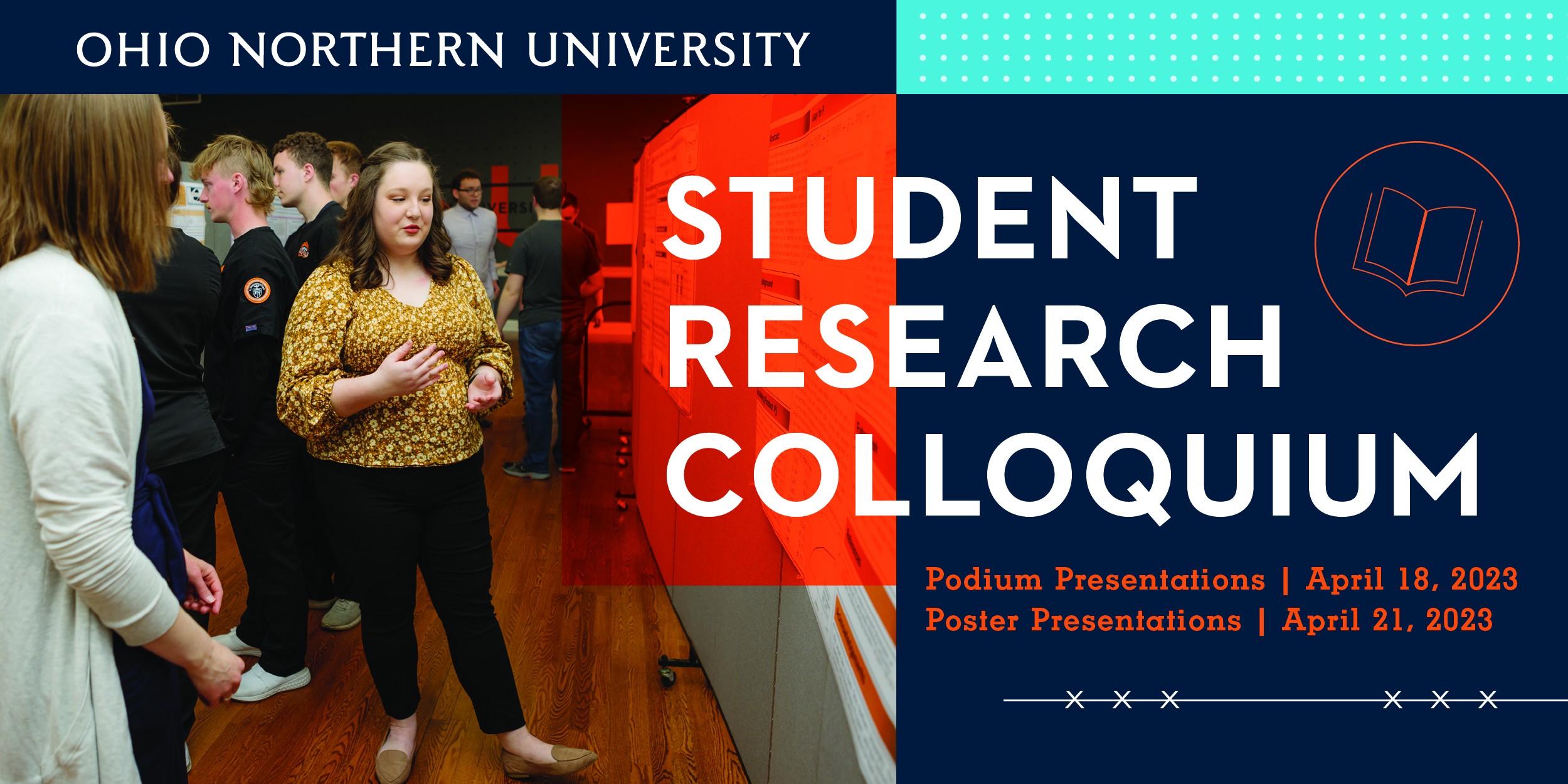Developing a Variable-Parameter Optimization Technique for Generating Morphometric Segment Chains
Advisor(s)
Dr. Larry Funke
Confirmation
1
Document Type
Poster
Location
ONU McIntosh Center; McIntosh Activities Room
Start Date
21-4-2023 12:00 PM
End Date
21-4-2023 12:50 PM
Abstract
Morphometrics is the study of quantifying and analyzing form including shape and size. There are a variety of fields where being able to represent a set of shapes with a minimal set of parameters is advantageous to enable efficient analysis, manipulation, and tracking. Work has previously been done to represent a set of such curves as a mechanical linkage. As the curves increase in complexity, so does the number of links required to represent it accurately.
Prior to this research the number and type of links required to represent the curve was based on years of prior knowledge and a guess and check approach. The aim of this research is to utilize genetic algorithms to determine the number and type of links required to accurately represent the curves with no prior knowledge.
To date, work has been done to generate test sets of curves for the genetic algorithm, and work has begun on creating the algorithm itself. The solution requires the ability to perform an optimization on a problem that can be represented by a changing number of parameters. Therefore, while the specific application is to solve morphometric problems faster and easier than ever before and without expert knowledge, there are broader opportunities to advance optimization techniques by designing, implementing, and validating an optimization routine that can address a variable number of parameters.
Recommended Citation
Clay, Elizabeth, "Developing a Variable-Parameter Optimization Technique for Generating Morphometric Segment Chains" (2023). ONU Student Research Colloquium. 23.
https://digitalcommons.onu.edu/student_research_colloquium/2023/posters/23
Open Access
Available to all.
Developing a Variable-Parameter Optimization Technique for Generating Morphometric Segment Chains
ONU McIntosh Center; McIntosh Activities Room
Morphometrics is the study of quantifying and analyzing form including shape and size. There are a variety of fields where being able to represent a set of shapes with a minimal set of parameters is advantageous to enable efficient analysis, manipulation, and tracking. Work has previously been done to represent a set of such curves as a mechanical linkage. As the curves increase in complexity, so does the number of links required to represent it accurately.
Prior to this research the number and type of links required to represent the curve was based on years of prior knowledge and a guess and check approach. The aim of this research is to utilize genetic algorithms to determine the number and type of links required to accurately represent the curves with no prior knowledge.
To date, work has been done to generate test sets of curves for the genetic algorithm, and work has begun on creating the algorithm itself. The solution requires the ability to perform an optimization on a problem that can be represented by a changing number of parameters. Therefore, while the specific application is to solve morphometric problems faster and easier than ever before and without expert knowledge, there are broader opportunities to advance optimization techniques by designing, implementing, and validating an optimization routine that can address a variable number of parameters.

